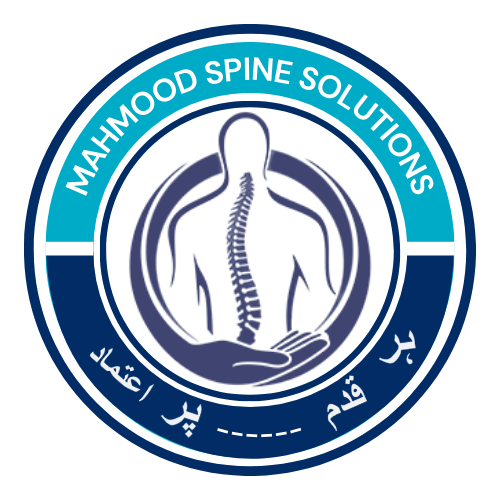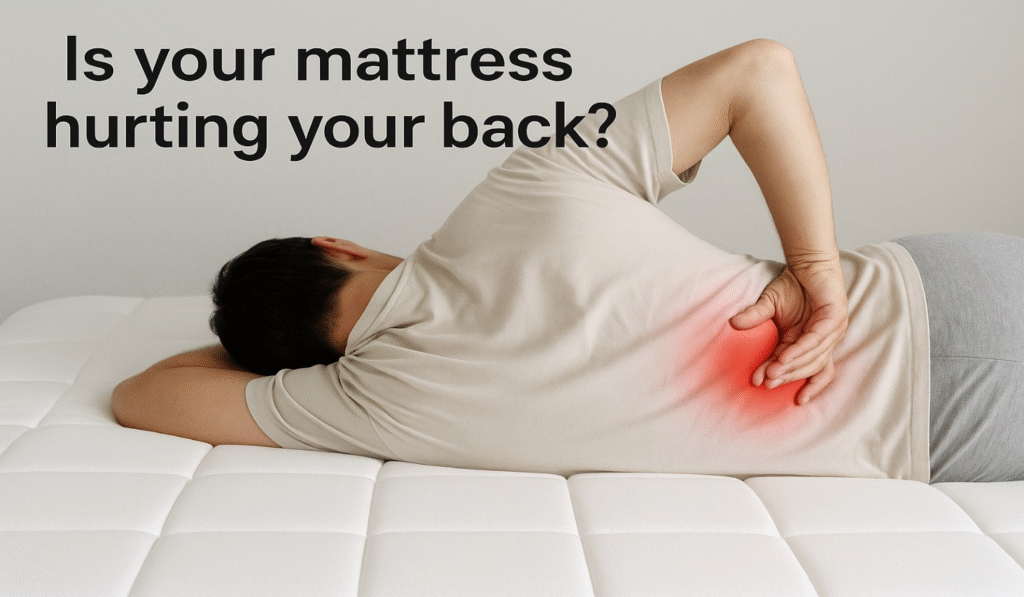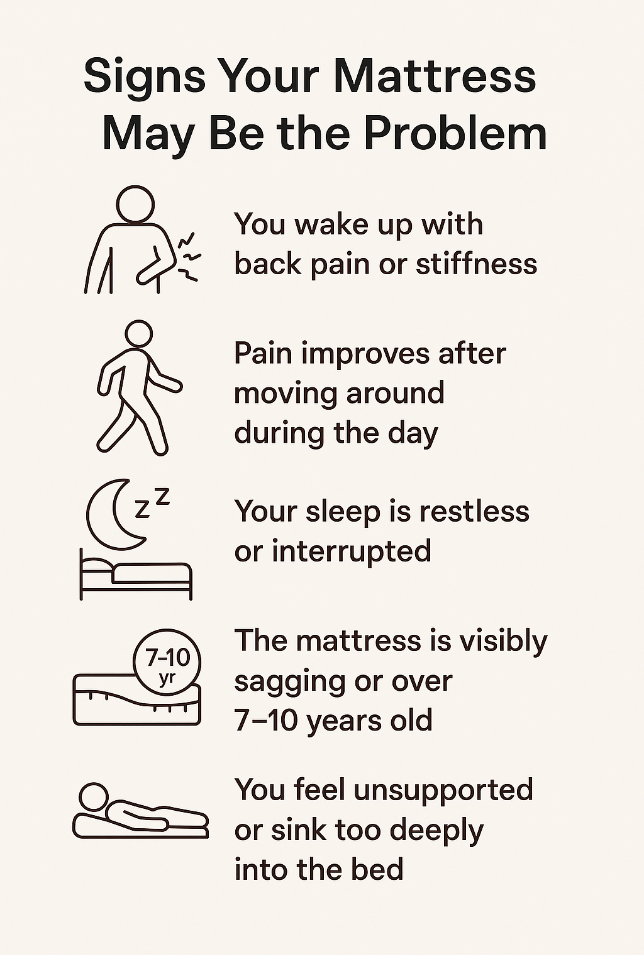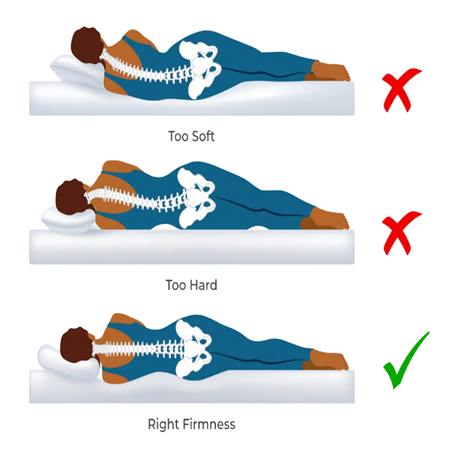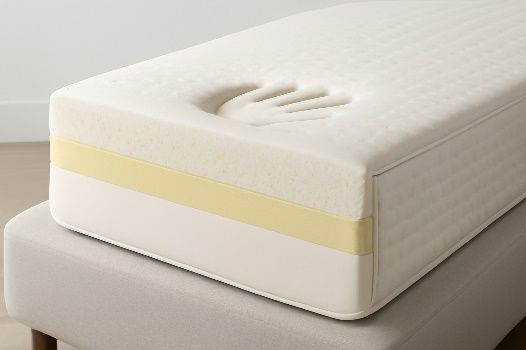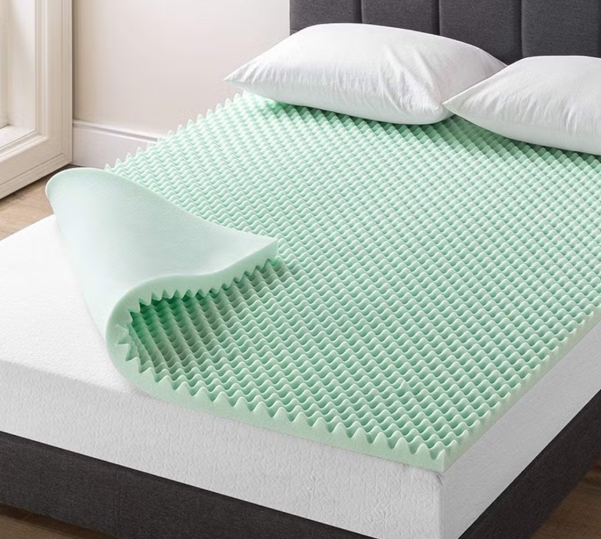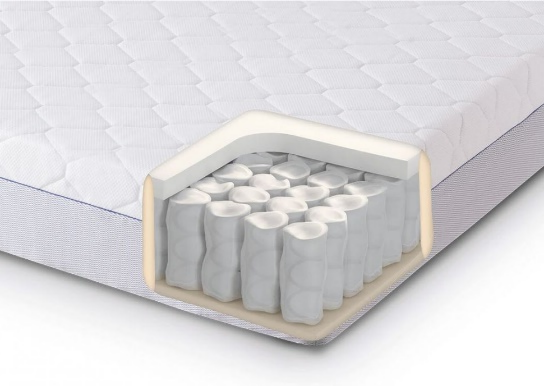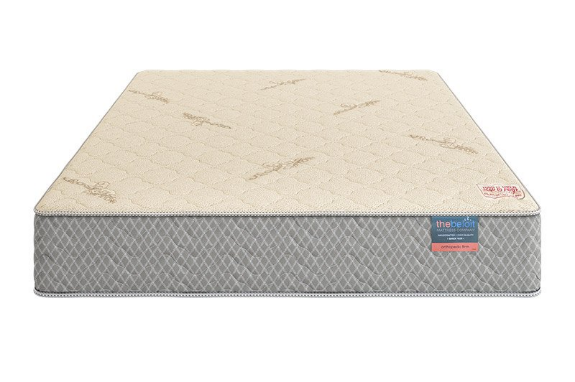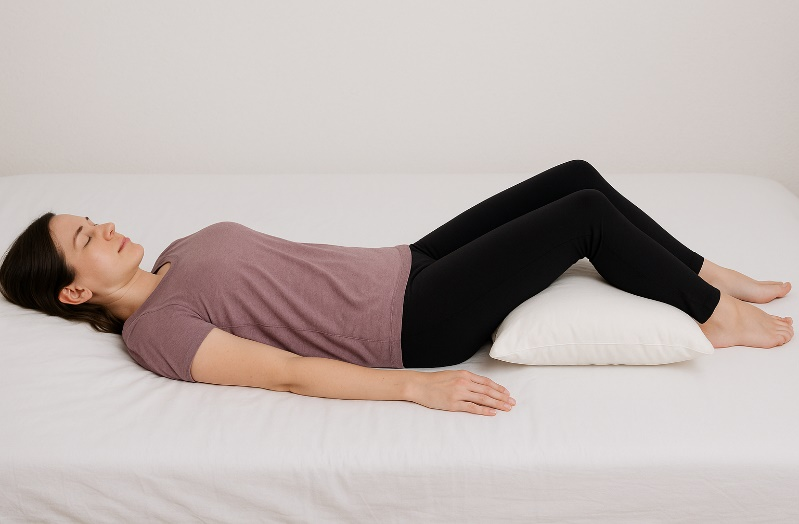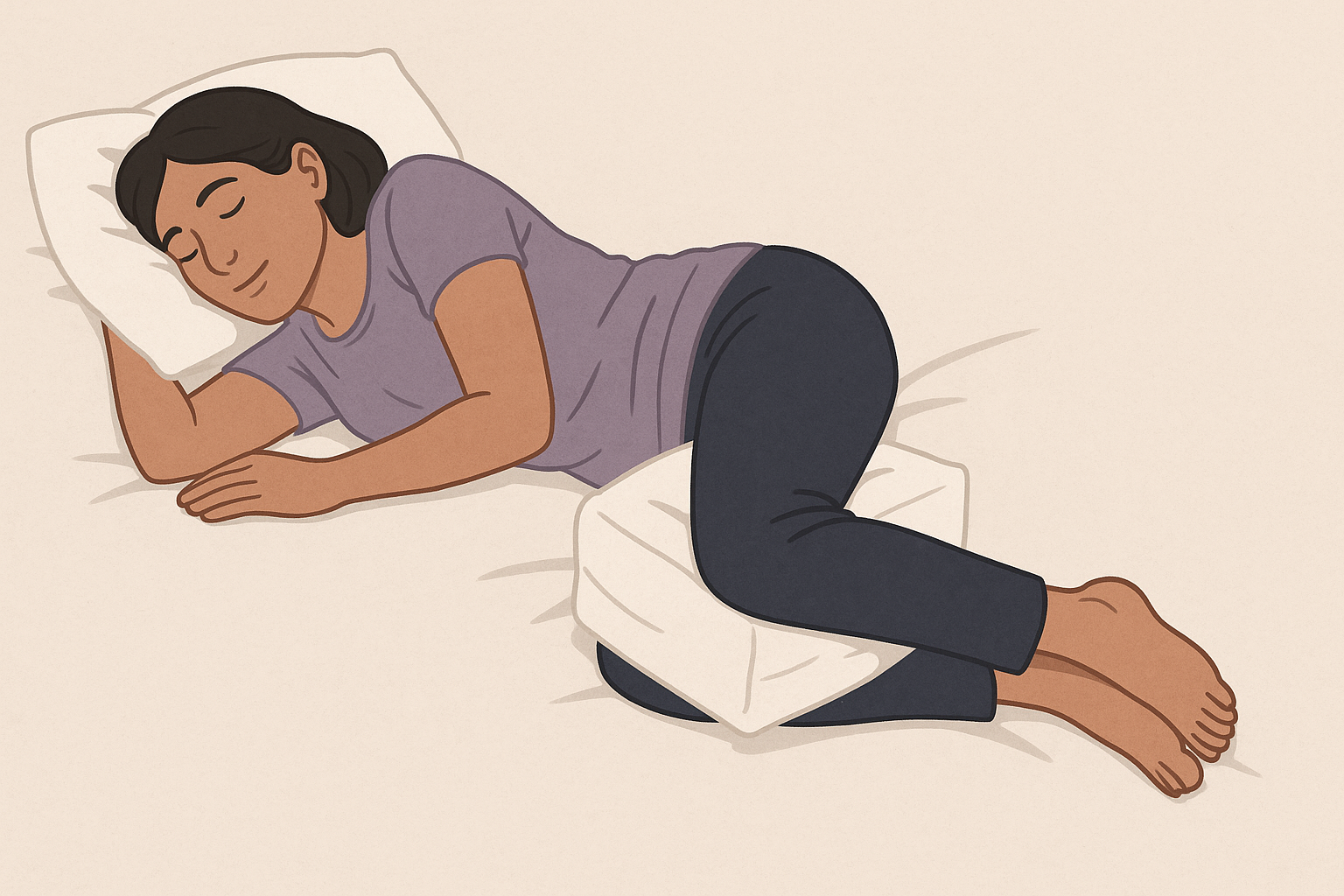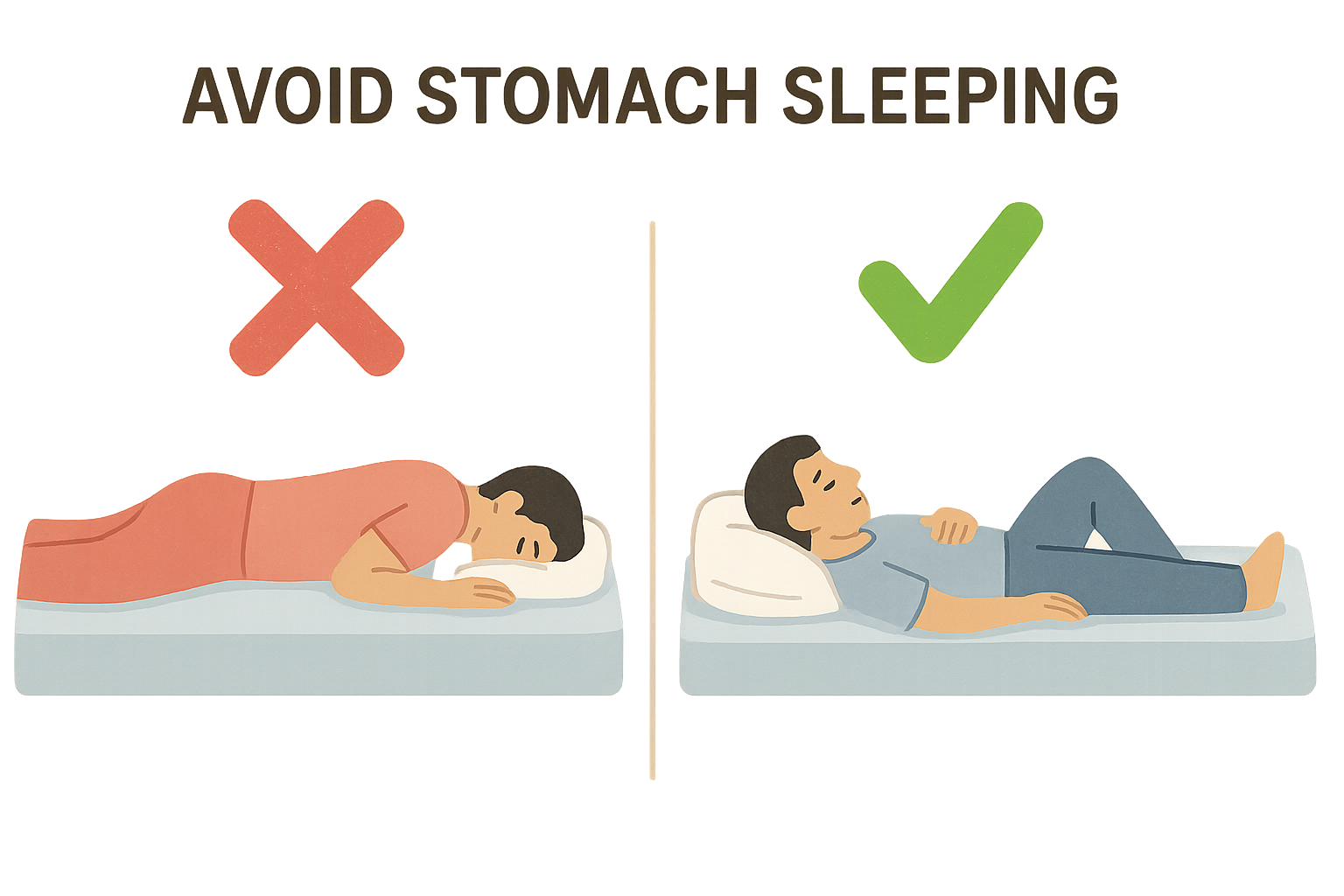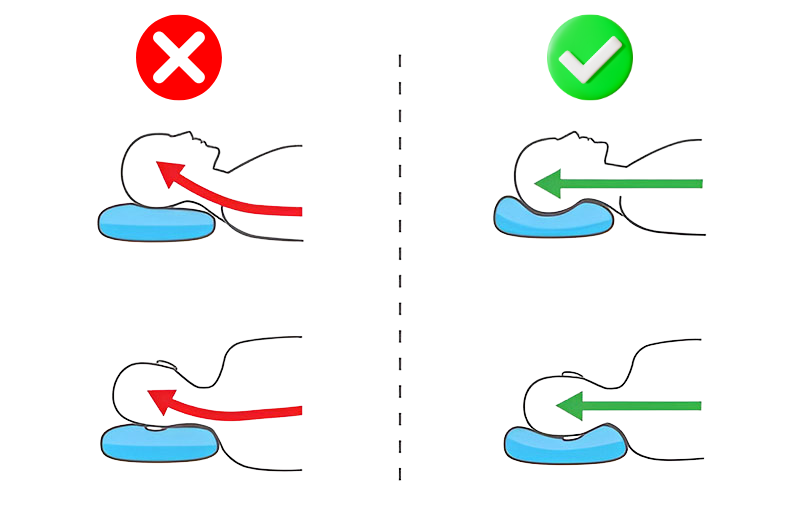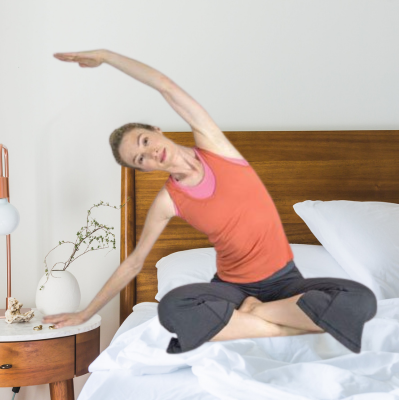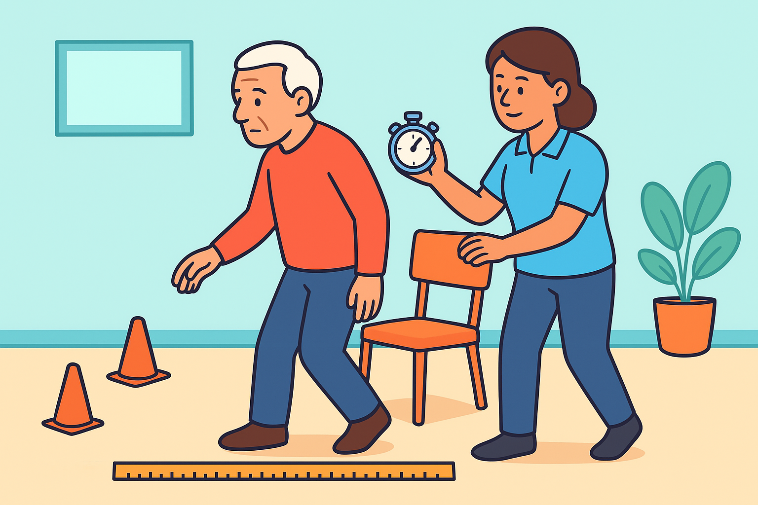Is your mattress hurting your back? You’re not alone. Back pain is one of the most common complaints among adults, and surprisingly, your mattress might be the hidden culprit. As physiotherapists, we’ve seen how poor sleep posture and an unsupportive mattress can wreak havoc on spinal health. The wrong mattress doesn’t just disrupt your sleep – it can contribute to or even worsen back pain over time.
Why Mattress Matters for Back Health:
Your spine has natural curves that need support during sleep. If your mattress is too soft, too firm, or worn out, it can lead to improper alignment of your spine. Over time, this can cause:
- Muscle tension or fatigue
- Joint stiffness
- Pressure on spinal discs
- Poor circulation
- Worsening of existing back conditions
Common Signs Your Mattress May Be the Problem:
- You wake up with back pain or stiffness
- Pain improves after moving around during the day
- Your sleep is restless or interrupted
- The mattress is visibly sagging or is over 7–10 years old
- You feel unsupported or sink too deeply into the bed
These signs often indicate that your mattress is not supporting the natural alignment of your spine.
Choosing the Right Mattress for a Healthy Spine:
A good mattress promotes proper spinal alignment and reduces pressure on muscles and joints. Here’s what to look for:
1) Medium-Firm Support:
Most studies suggest that medium-firm mattresses offer the best balance between support and comfort. They help maintain spinal alignment without putting excess pressure on pressure points.
2) Mattress Types:
Memory Foam: Adapts to your body shape and reduces pressure points. Good for people with joint pain.
Latex Foam: Naturally firm and supportive, also resistant to dust mites and allergens.
Hybrid Mattresses: Combine springs and foam for both support and cushioning.
Orthopedic Mattresses: Specifically designed for people with musculoskeletal issues, but quality can vary.
Physiotherapist Tips for Pain-Free Sleep:
✅ Use the Right Sleep Position:
Back Sleepers: Place a pillow under your knees to reduce lumbar pressure.
Side Sleepers: Use a pillow between the knees to keep your hips aligned.
Avoid Stomach Sleeping: It twists your spine and strains your lower back.
✅ Choose the Right Pillow:
A proper pillow maintains neck alignment. For most people, a medium-height pillow with memory foam or cervical contour design works well.
✅ Stretch Before Bed:
Gentle spinal mobility and hamstring stretches can reduce overnight stiffness and promote better alignment.
✅ Replace Mattresses on Time:
A mattress loses support over time. If it’s older than 8–10 years or visibly sagging, it’s time to replace it.
When to Seek Physiotherapy Help:
If back pain persists despite changing your mattress or improving your sleep habits, it may indicate an underlying issue. A physiotherapist can assess for:
- Poor posture or muscle imbalances
- Disc-related problems
- Sciatica or nerve compression
- Joint dysfunction
With a proper diagnosis, you can receive targeted treatments like manual therapy, posture correction, and home exercises.
Conclusion:
Your mattress plays a crucial role in your spinal health. Sleeping on an unsupportive or worn-out surface can lead to chronic pain and discomfort. Investing in a good-quality mattress and practicing proper sleep posture can significantly reduce the risk of back problems and improve your overall well-being.
About Authors
Dr. Muhammad Mahmood Ahmad is a Spinal as well as an Orthopedic Surgeon with over 14 years of experience currently practicing at Razia Saeed Hospital, Multan.
